Paolo L.Gatti and Vittorio Ferrari0-203-01455-3, 0-203-13764-7, 0-419-22710-5
Table of contents :
tf7105_fm……Page 1
Applied Structural and Mechanical Vibrations: Theory, Methods and Measuring Instrumentation……Page 2
Dedication……Page 4
Preface……Page 11
Acknowledgements……Page 13
Contents……Page 5
Part I Theory and methods……Page 14
Table of Contents……Page 0
1.1 Introduction……Page 15
1.2 The role of modelling (linear and nonlinear, discrete and continuous systems, deterministic and random data)……Page 16
1.3 Some definitions and methods……Page 17
1.3.1 The phenomenon of beats……Page 21
1.3.2 Displacement, velocity and acceleration……Page 23
1.3.3 Quantification of vibration level and the decibel scale……Page 24
1.4 Springs, dampers and masses……Page 29
1.5 Summary and comments……Page 34
2.2 Fourier series and Fourier transforms……Page 36
2.2.1 Periodic functions: Fourier series……Page 38
2.2.2 Nonperiodic functions: Fourier transforms……Page 43
2.2.3 The bandwidth theorem (uncertainty principle)……Page 49
2.3 Laplace transforms……Page 51
2.4 The Dirac delta function and related topics……Page 58
2.4.1 Brief introduction to the theory of distributions……Page 65
2.5 The notion of Hilbert space……Page 75
2.5.1 Sturm-Liouville problems……Page 81
2.5.2 A few additional remarks……Page 86
References……Page 88
3.1 Introduction……Page 89
3.2 Systems of material particles……Page 90
3.2.1 Constrained systems……Page 91
3.3 Generalized coordinates, virtual work and d’Alembert principles: Lagrange’s equations……Page 94
3.3.1 Conservative forces……Page 99
3.3.2 A few generalizations of Lagrange’s equations……Page 102
3.3.3 Kinetic energy and Rayleigh’s dissipation function in generalized coordinates. Energy conservation……Page 105
3.3.4 Hamilton’s equations……Page 108
3.4 Hamilton’s principle of least action……Page 109
3.5 The general problem of small oscillations……Page 114
3.5.1 A qualitative discussion of Lagrange’s method in smalloscillation problems……Page 121
3.6 Lagrangian formulation for continuous systems……Page 123
References……Page 128
5.1 Introduction……Page 129
5.2 Time domain—impulse response, step response and convolution integral……Page 130
5.2.1 Shock response……Page 144
5.3 Frequency and s-domains. Fourier and Laplace transforms……Page 150
5.3.1 Response to periodic excitation……Page 151
5.3.2 Transform methods I: preliminary remarks……Page 154
5.3.3 Transform methods [II]: applications……Page 156
5.4 Relationship between time-domain response and frequency-domain response……Page 160
5.5 Distributed parameters: generalized SDOF systems……Page 164
5.5.1 Rayleigh (energy) method and the improved Rayleigh method……Page 172
5.6 Summary and comments……Page 179
References……Page 181
6.1 Introduction……Page 182
6.2 A simple undamped 2-DOF system: free vibration……Page 183
6.3 Undamped n-DOF systems: free vibration……Page 188
6.3.1 Orthogonality relationships of eigenvectors and normalization……Page 191
6.3.2 General solution of the undamped free vibration problem, degeneracy and normal coordinates……Page 195
6.4 Eigenvalues and eigenvectors: sensitivity analysis……Page 207
6.4.1 Light damping……Page 212
6.5 Structure and properties of matrices M, K and C: a few considerations……Page 215
6.5.1 Mass properties……Page 216
6.5.2 Elastic properties……Page 218
6.5.3 More othogonality conditions……Page 224
6.6 Unrestrained systems: rigid-body modes……Page 225
6.7.1 Proportional damping……Page 231
6.7.2 Nonproportional damping……Page 235
6.8.1 Undamped systems……Page 238
6.8.2 Viscously damped systems……Page 242
6.9 Summary and comments……Page 245
References……Page 248
7.1 Introduction……Page 249
7.2 Mode superposition……Page 250
7.2.1 Mode displacement and mode acceleration methods……Page 255
7.3 Harmonic excitation: proportional viscous damping……Page 258
7.4 Time-domain and frequency-domain response……Page 261
7.4.1 A few comments on FRFs……Page 263
7.5 Systems with rigid-body modes……Page 267
7.6 The case of nonproportional viscous damping……Page 269
7.6.1 Harmonic excitation and receptance FRF matrix……Page 272
7.7 MDOF systems with hysteretic damping……Page 276
7.8.1 Laplace transform method……Page 279
7.8.2 Direct integration methods……Page 281
7.9 Frequency response functions of a 2-DOF system……Page 285
7.10 Summary and comments……Page 295
References……Page 297
8.1 Introduction……Page 298
8.2 The flexible string in transverse motion……Page 300
8.2.1 The initial value problem……Page 302
8.2.2 Sinusoidal waves, energy considerations and the presence of boundaries……Page 304
8.3 Free vibrations of a finite string: standing waves and normal modes……Page 310
8.4 Axial and torsional vibrations of rods……Page 316
8.5 Flexural (bending) vibrations of beams……Page 320
8.5.1 Axial force effects on bending vibrations……Page 327
8.5.2 The effects of shear deformation and rotatory inertia (Timoshenko beam)……Page 330
8.6 A two-dimensional continuous system: the flexible membrane……Page 336
8.7 The differential eigenvalue problem……Page 343
8.7.1 The differential eigenvalue problem: some mathematical concepts……Page 346
8.7.2 The differential eigenvalue problem: some examples and further considerations……Page 349
8.8 Bending vibrations of thin plates……Page 354
8.8.1 Circular plates……Page 357
8.8.2 Rectangular plates……Page 359
8.9 Forced vibrations and response analysis: the modal approach……Page 365
8.9.1 Forced response of continuous systems: some examples……Page 371
8.10 Final remarks: alternative forms of FRFs and the introduction of damping……Page 380
8.11 Summary and comments……Page 384
References……Page 386
9.1 Introduction……Page 388
9.2 The Rayleigh quotient……Page 389
9.2.1 Courant-Fisher minimax characterization of eigenvalues and the eigenvalue separation property……Page 392
9.2.2 Systems with lumped masses—Dunkerley’s formula……Page 396
9.3 The Rayleigh-Ritz method and the assumed modes method……Page 397
9.3.1 Continuous systems—a few comments on admissible and comparison functions……Page 404
9.4 Summary and comments……Page 410
References……Page 412
10.1 Introduction……Page 413
10.2 Experimental modal analysis—overview of the fundamentals……Page 414
10.2.1 FRFs of SDOF systems……Page 416
10.2.2 FRFs of MDOF systems……Page 430
10.3 Modal testing procedures……Page 440
10.3.1 Supporting the structure……Page 442
10.3.2 Excitation systems……Page 444
10.3.3 Measurement of response……Page 447
10.3.4 Excitation functions……Page 448
10.4.1 Characteristic phase-lag theory and Asher’s method……Page 452
10.4.2 Single-input single-output test configuration: FRF measurement……Page 455
10.4.3 Identification of modal parameters—curve fitting……Page 463
10.5 Summary and comments……Page 472
References……Page 473
11.2 The concept of probability……Page 475
11.2.1 Probability—axiomatic formulation and some fundamental results……Page 479
11.3 Random variables, probability distribution functions and probability density functions……Page 483
11.4 Descriptors of random variable behaviour……Page 489
11.4.1 Characteristic function of a random variable……Page 493
11.5 More than one random variable……Page 495
11.6 Some useful results: Chebyshev’s inequality and the central limit theorem……Page 500
11.7 A few final remarks……Page 507
References……Page 508
12.1 Introduction……Page 509
12.2 The concept of stochastic process……Page 510
12.2.1 Stationary and ergodic processes……Page 514
12.3 Spectral representation of random processes……Page 519
12.3.1 Spectral densities: some useful results……Page 522
12.4 Random excitation and response of linear systems……Page 529
12.4.1 One output and more than one random input……Page 537
12.5 MDOF and continuous systems: response to random excitation……Page 542
12.6.1 Stationary narrow-band processes: threshold crossing rates……Page 548
12.6.2 Stationary narrow-band processes: peak distributions……Page 550
12.6.3 Notes on fatigue damage due to random excitation……Page 554
12.7 Summary and comments……Page 559
References……Page 560
Further reading to Part I……Page 562
Part II Measuring instrumentation Vittorio Ferrari……Page 564
13.2 The measurement process and the measuring instrument……Page 565
13.3 Measurement errors and uncertainty……Page 567
13.4 Measuring instrument functional model……Page 569
13.5 Static behaviour of measuring instruments……Page 572
13.6 Dynamic behaviour of measuring instruments……Page 575
13.7.1 General considerations……Page 583
13.7.2 The two-port representation……Page 584
13.7.3 The electromechanical analogy……Page 590
13.7.4 Examples……Page 592
13.8 Performance specifications of measuring instruments……Page 598
13.9 Summary……Page 602
References……Page 603
14.2 Relative- and absolute-motion measurement……Page 605
14.3 Contact and noncontact transducers……Page 606
14.4.1 Resistive potentiometers……Page 607
14.4.2 Resistance strain gauges……Page 608
14.4.3 Linear variable differential transformers……Page 611
14.4.4 Inductive transducers……Page 612
14.4.5 Eddy-current transducers……Page 613
14.4.6 Capacitive transducers……Page 615
14.4.7 Optical transducers……Page 617
14.5.2 Electrodynamic transducers……Page 619
14.7.1 The seismic instrument……Page 621
14.7.2 Seismic displacement transducers……Page 623
14.7.3 Seismic velocimeters……Page 625
14.7.4 Seismic accelerometers……Page 627
14.8.1 Piezoelectric……Page 629
14.8.2 Combined linear-angular……Page 634
14.8.3 Piezoresistive……Page 635
14.8.4 Capacitive……Page 637
14.8.6 Multiaxial accelerometers……Page 638
14.9.1 Choice……Page 639
14.9.2 Calibration……Page 642
14.9.3 Mounting……Page 645
14.10 General considerations about motion measurements……Page 646
14.11.1 Functioning principle……Page 647
14.11.2 Piezoelectric force transducers……Page 649
14.12 Summary……Page 652
References……Page 655
15.1 Introduction……Page 656
15.2 Signals and noise……Page 657
15.3.1 The Wheatstone bridge……Page 659
15.3.2 AC bridges and carrier modulation……Page 662
15.4.1 Voltage amplifiers……Page 666
15.4.2 Charge amplifiers……Page 669
15.4.3 Built-in amplifiers……Page 673
15.4.4 Frequency response of amplified piezoelectric accelerometers……Page 677
15.4.5 Time response of amplified piezoelectric accelerometers……Page 679
15.4.6 Electronic integrating networks……Page 682
15.5.1 Ground noise and ground loops……Page 684
15.5.2 Inductive coupling……Page 687
15.5.3 Capacitive coupling……Page 688
15.5.4 Electrostatic shielding……Page 690
15.5.5 Single-ended and differential connection……Page 693
15.5.6 Optical, magnetic and capacitive isolation……Page 695
15.5.7 Current signal transmission……Page 697
15.5.8 Basics of low-noise amplification……Page 698
15.5.9 Filtering……Page 700
15.5.10 Averaging……Page 704
15.6 Analogue-to-digital conversion……Page 709
15.6.1 Quantization: resolution, number of bits, conversion time……Page 710
15.6.2 Sampling: sampling theorem, aliasing……Page 712
15.6.3 Main ADC types……Page 716
15.7.1 Vibration meters……Page 718
15.7.2 Tape recorders……Page 719
15.7.3 Computer-based data acquisition boards and systems……Page 721
15.7.4 Frequency and dynamic signal analysers……Page 726
15.8 Summary……Page 733
References……Page 735
Further reading to Part II……Page 736
Appendices……Page 738
A.1 The notion of finite-dimensional vector space……Page 739
A.2 Matrices……Page 745
A.2.1 Trace, determinant, inverse and rank of a matrix……Page 749
A.3 Eigenvalues and eigenvectors: the standard eigenvalue problem……Page 751
A.3.1 Hermitian and symmetrical matrices……Page 756
A.4 Matrices and linear operators……Page 760
Further reading……Page 766
B.2 Definitions……Page 767
B.2.1 Effects of vibrations on buildings……Page 769
B.2.2 Effects of vibrations on humans……Page 770
Further reading……Page 772
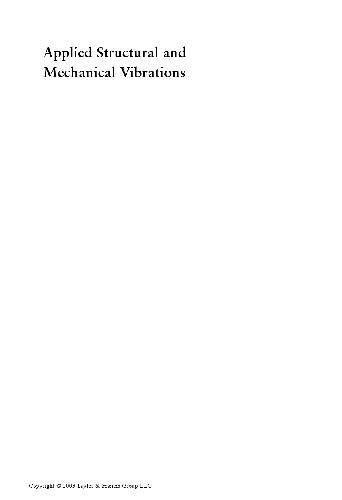
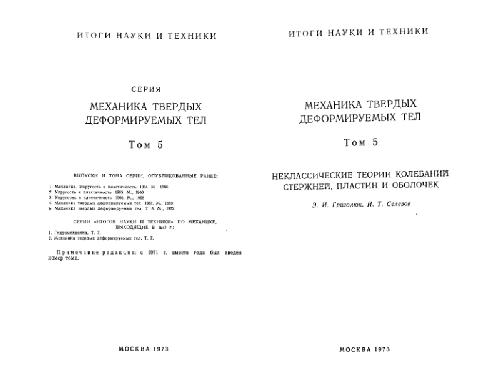
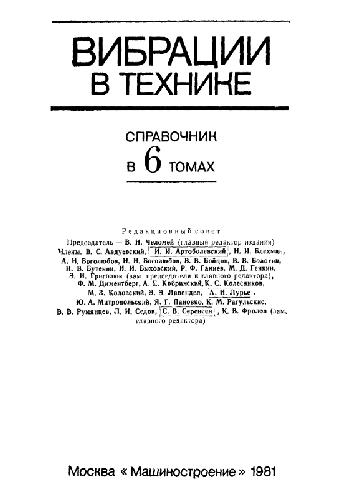
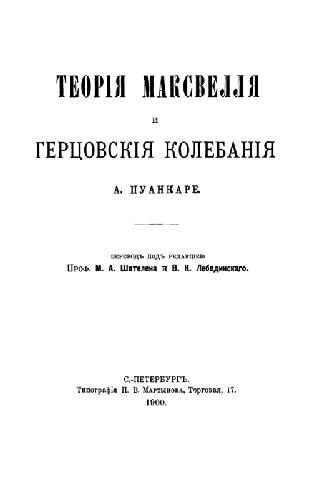

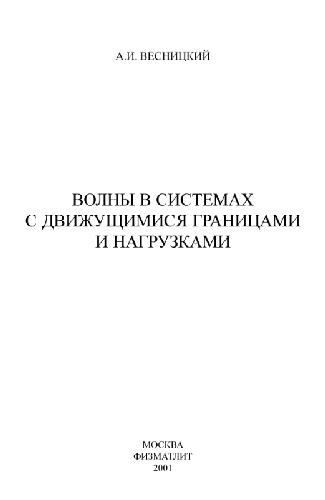
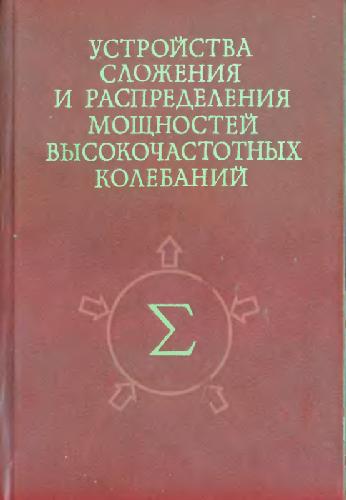
Reviews
There are no reviews yet.